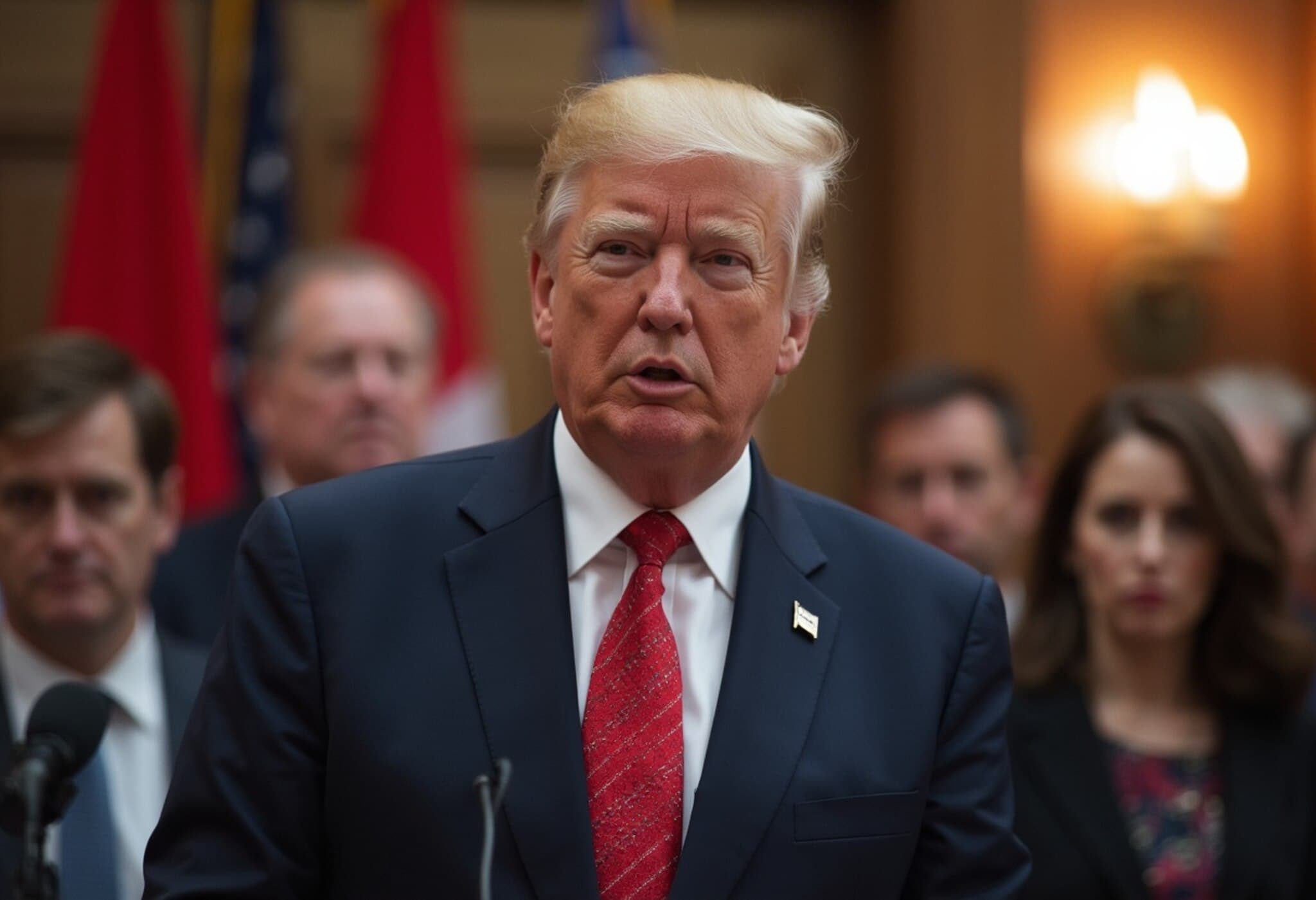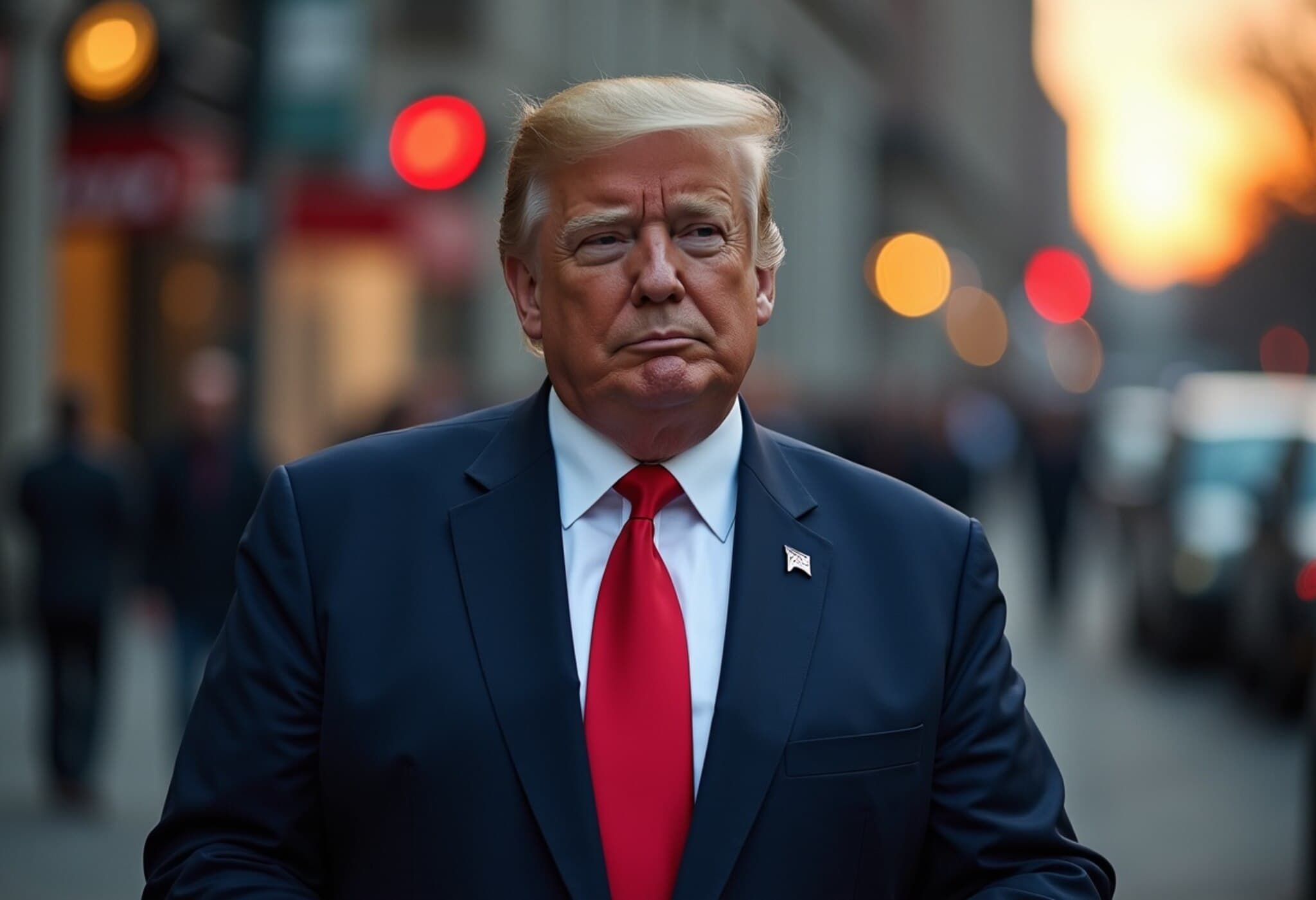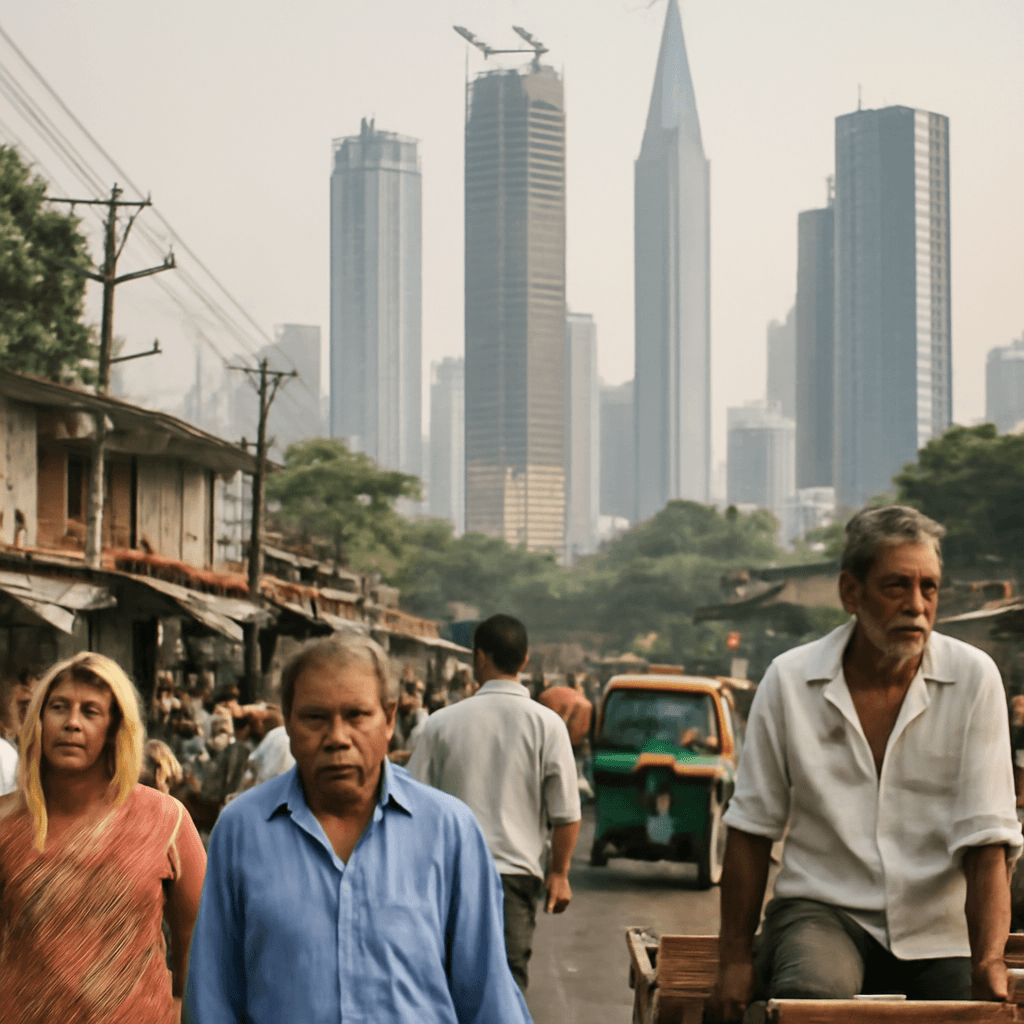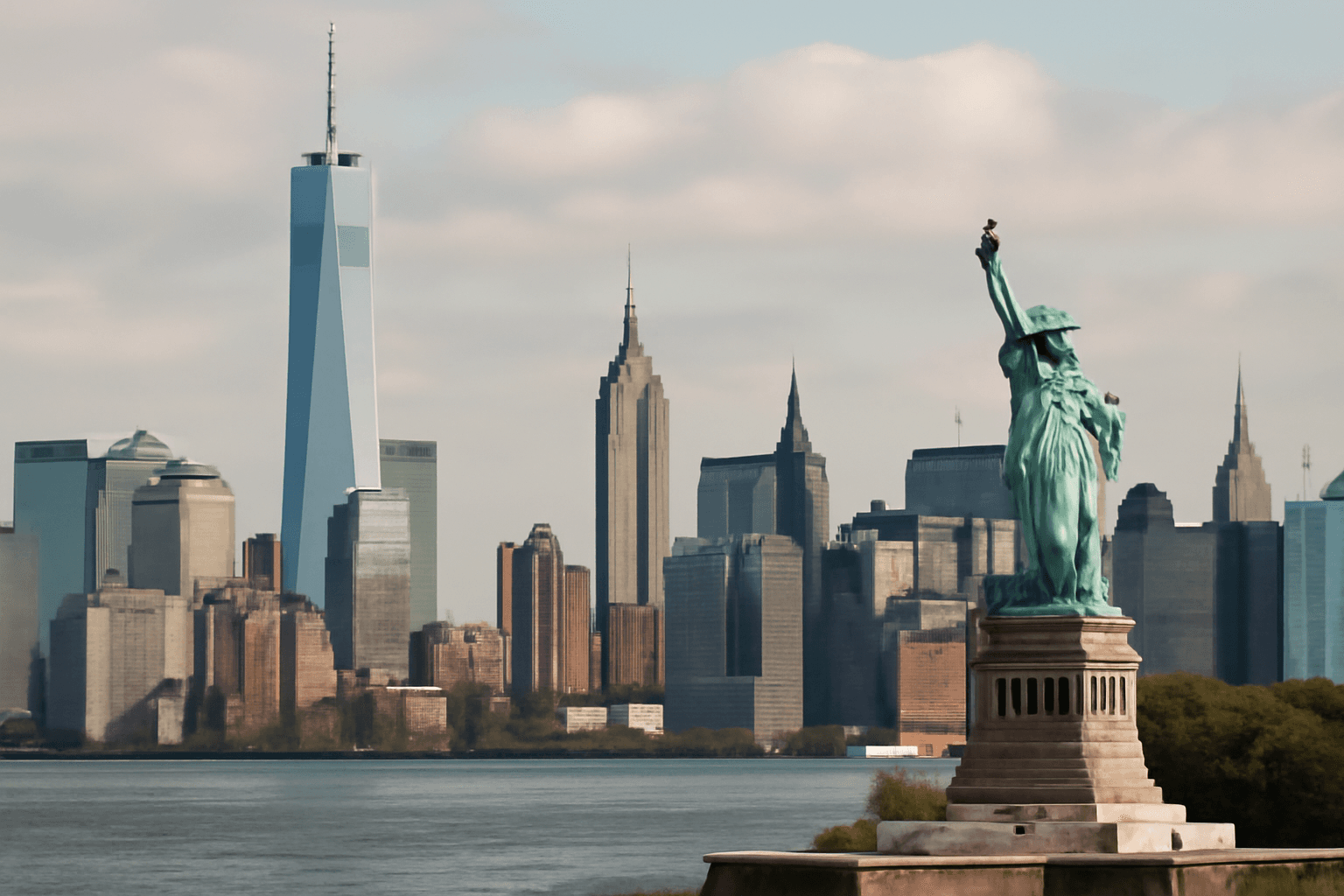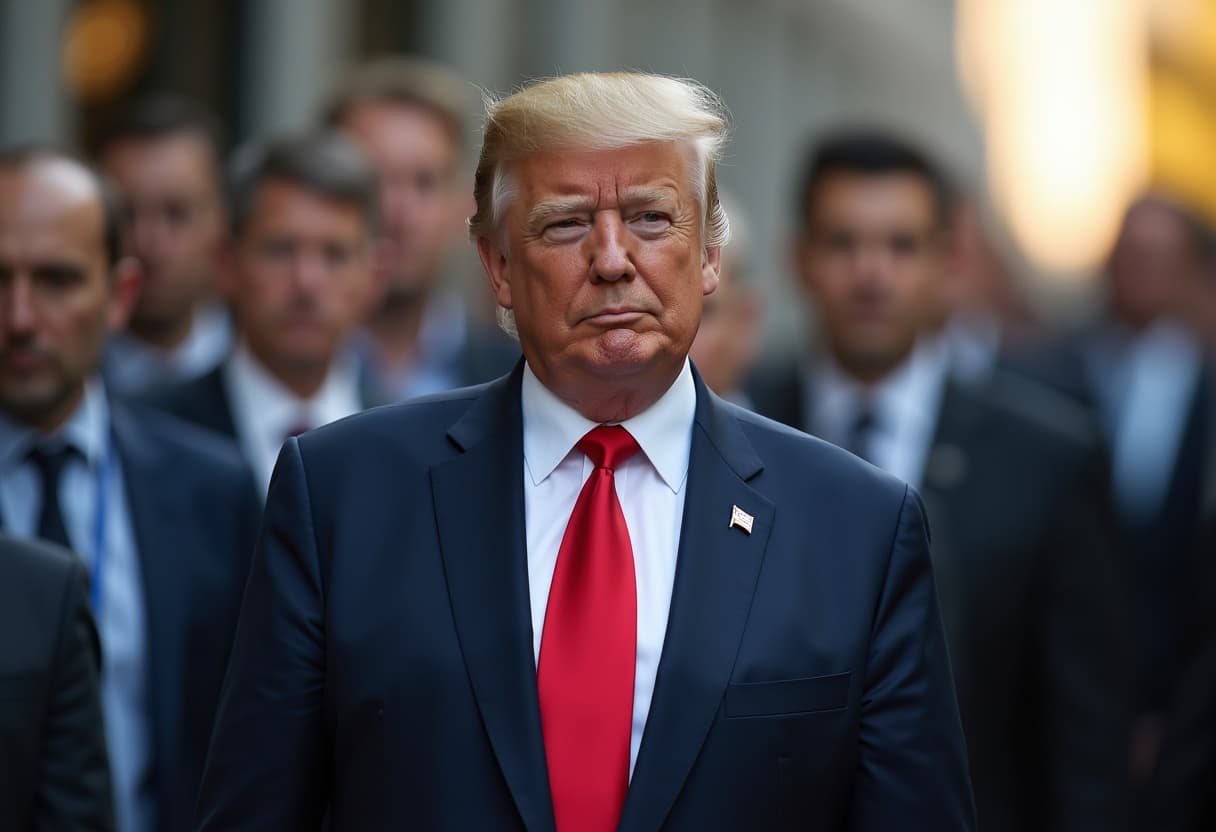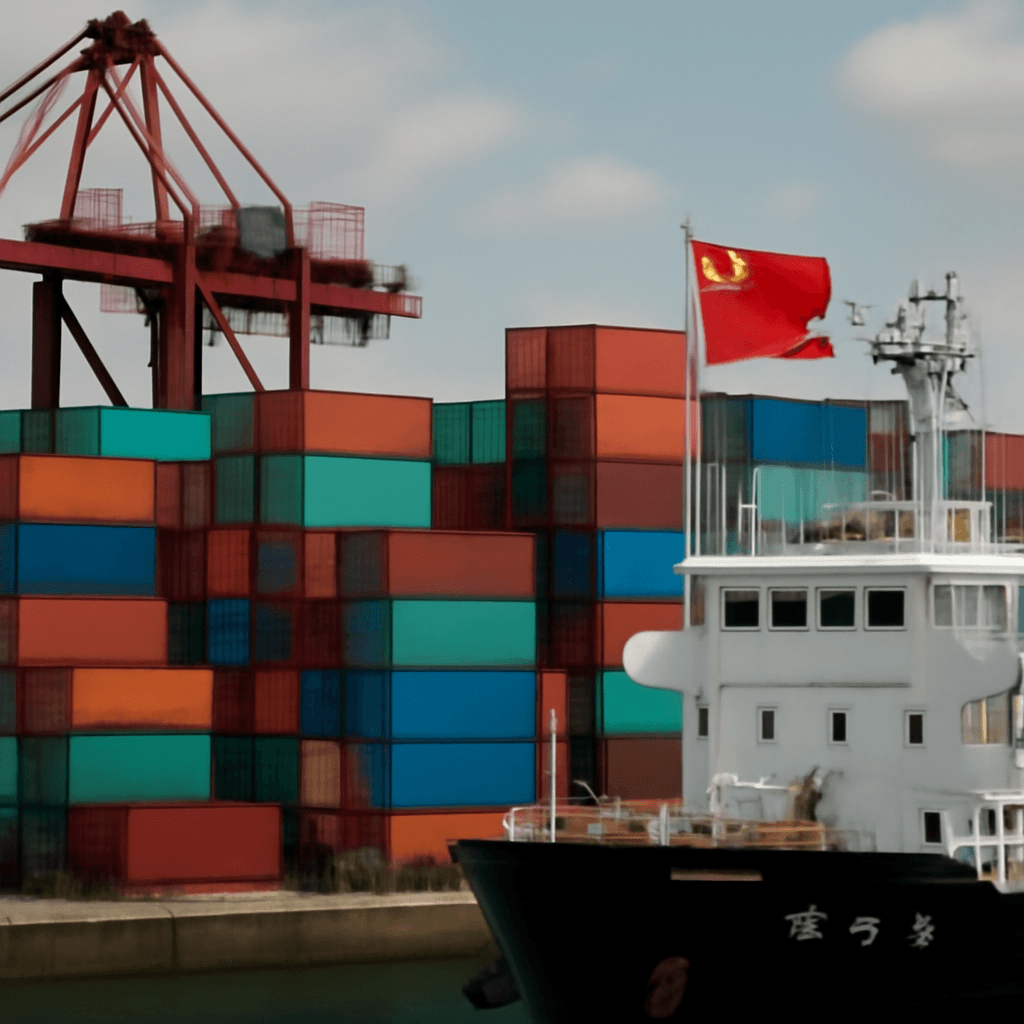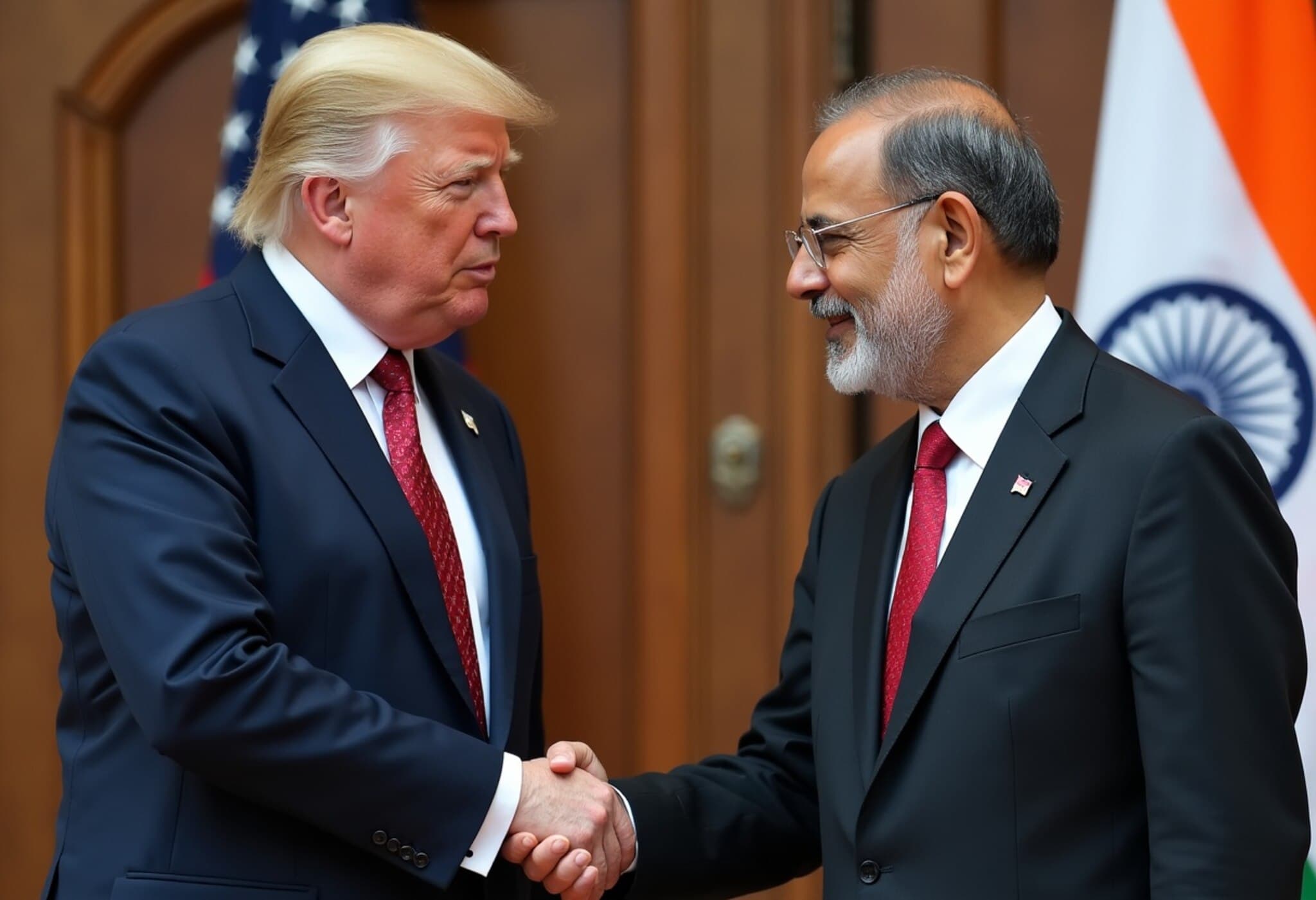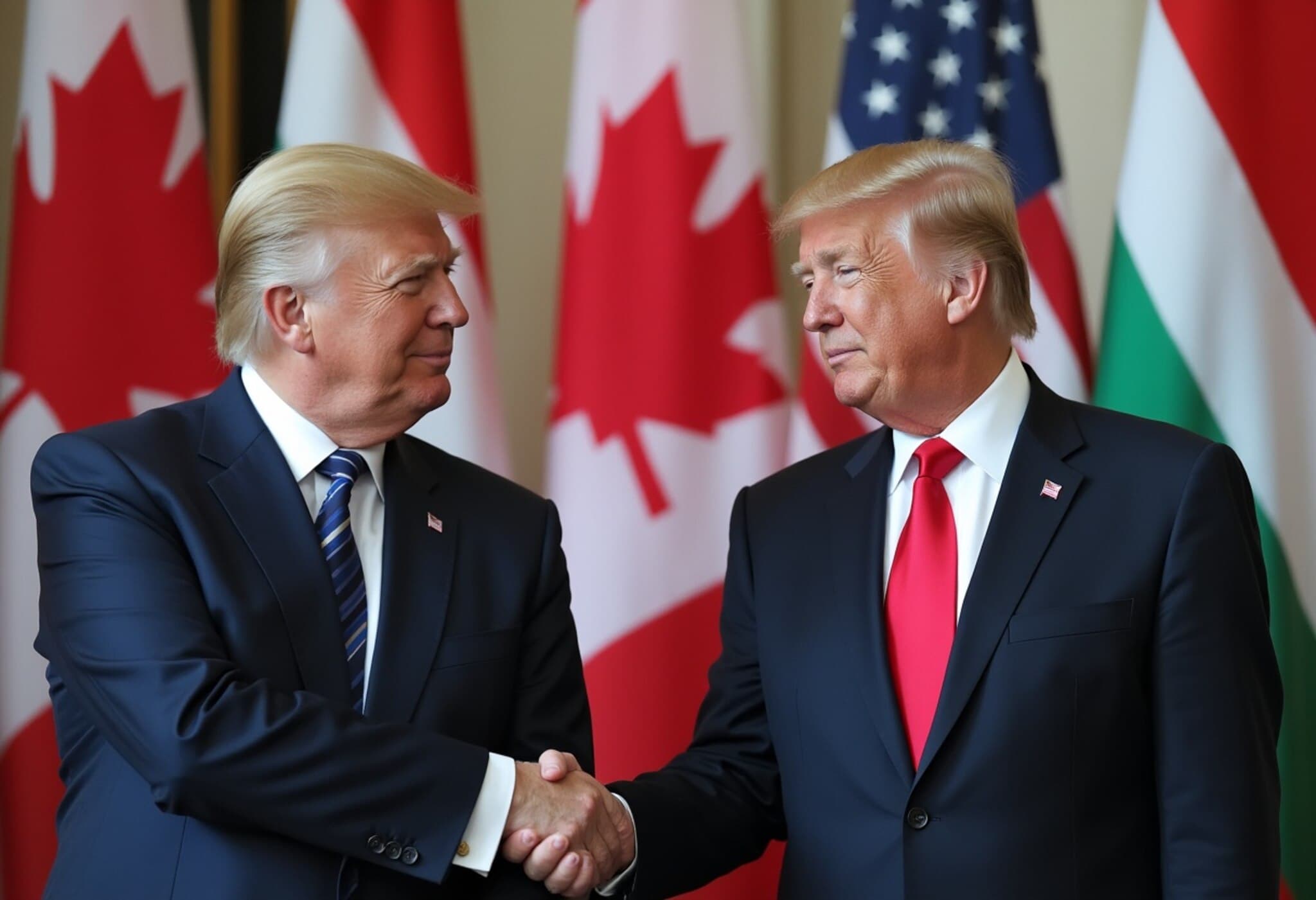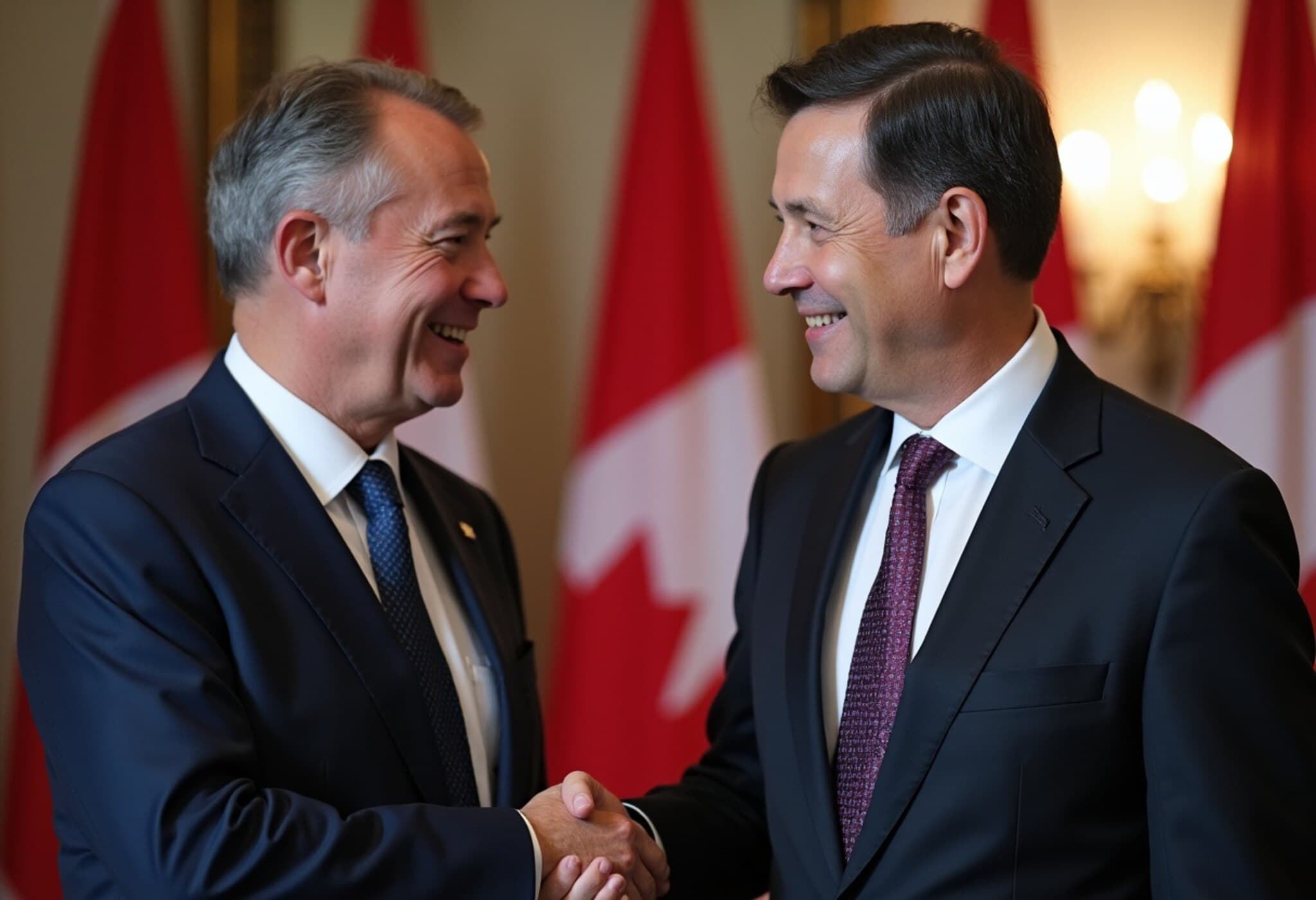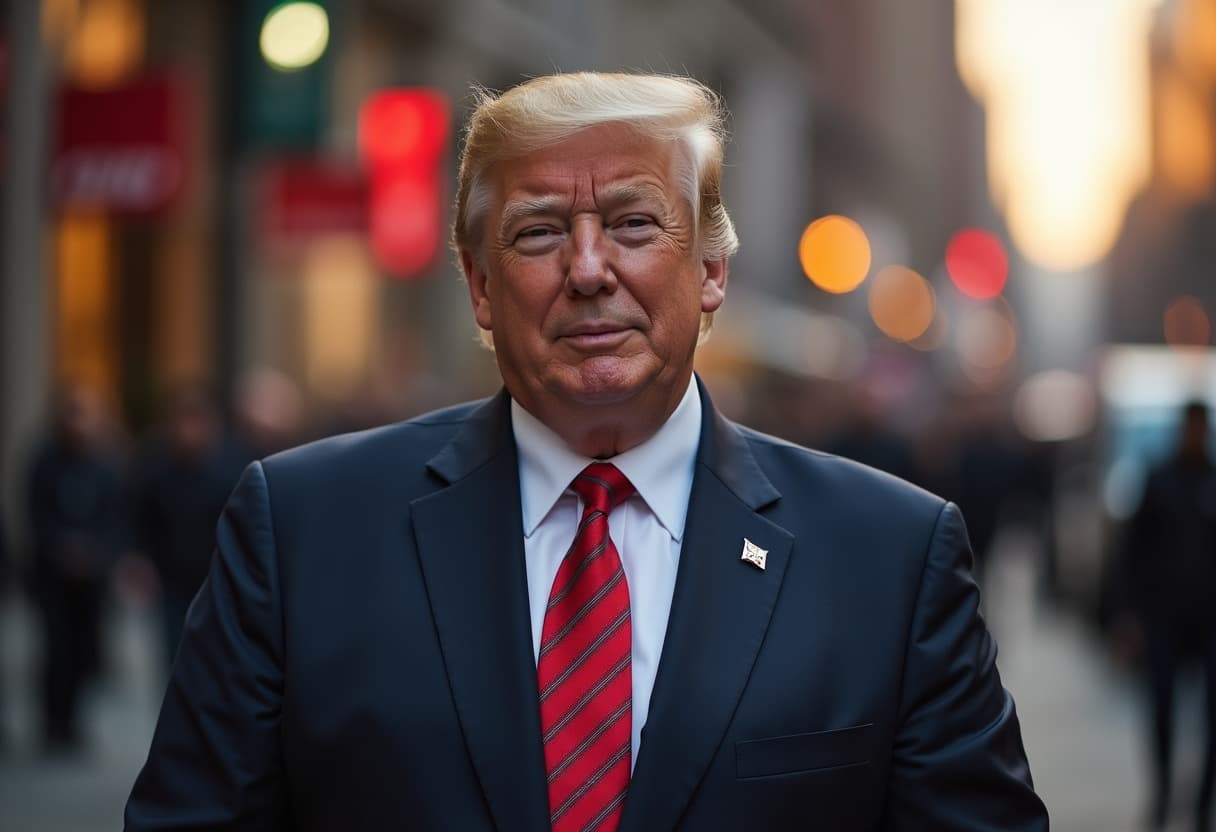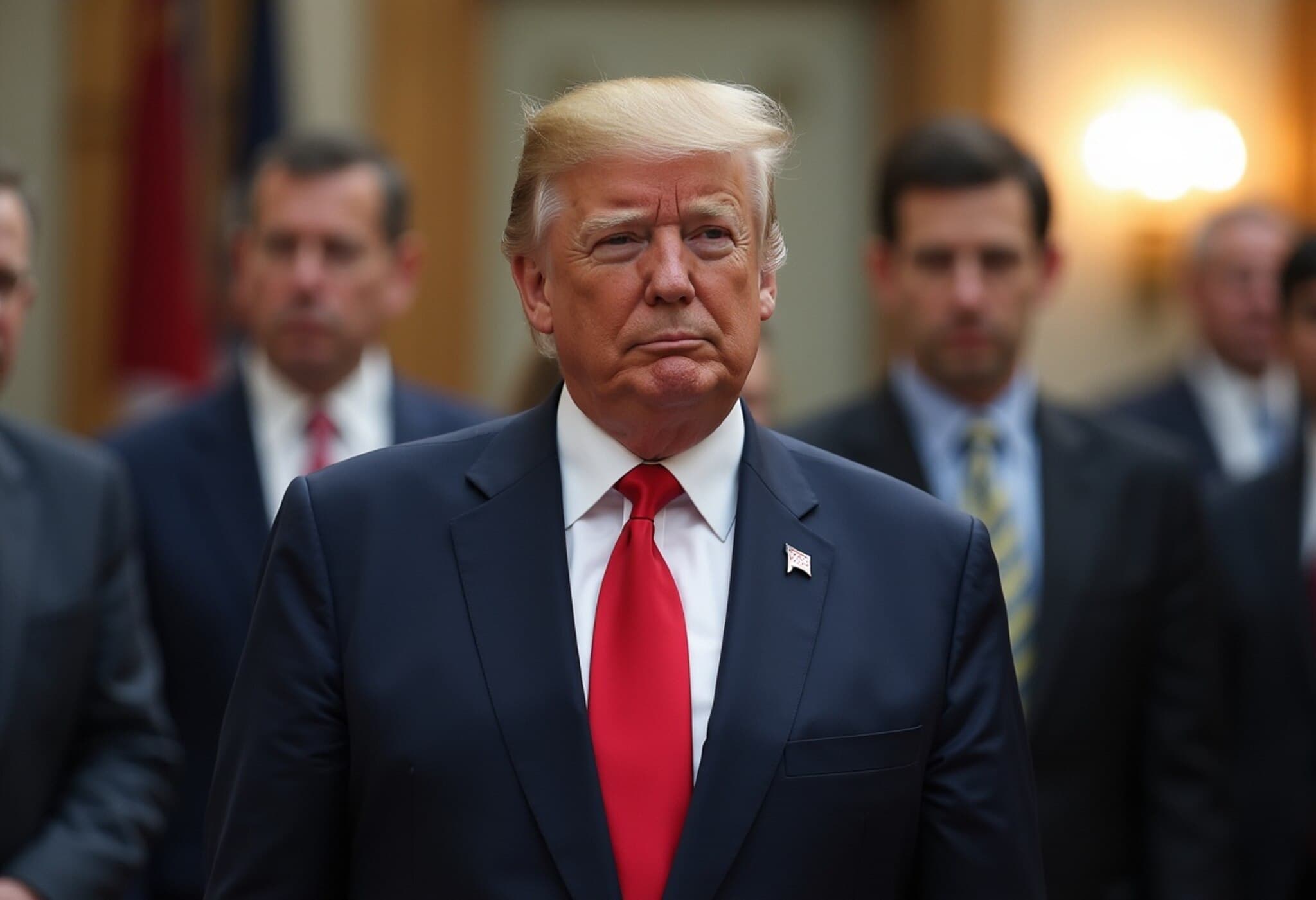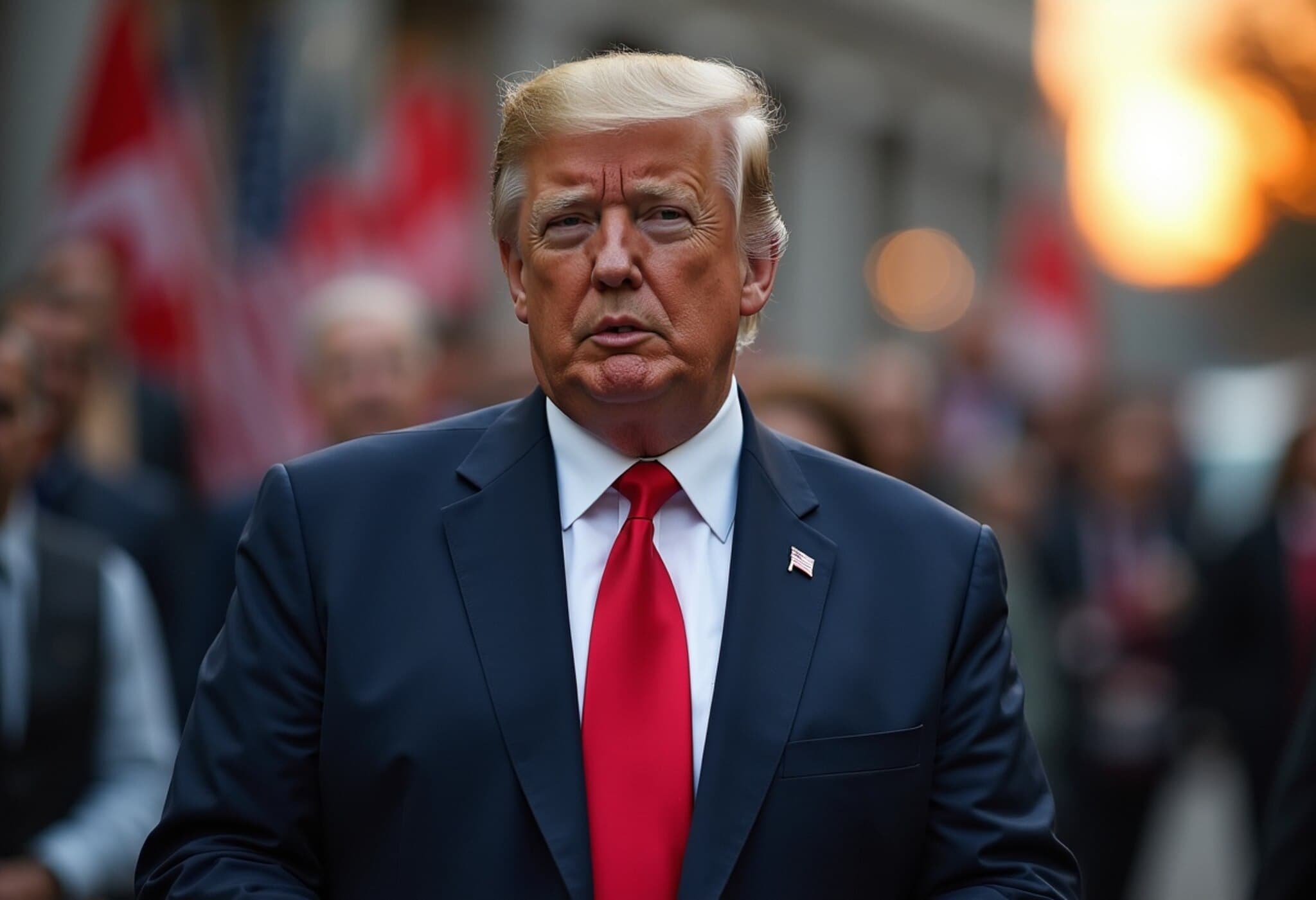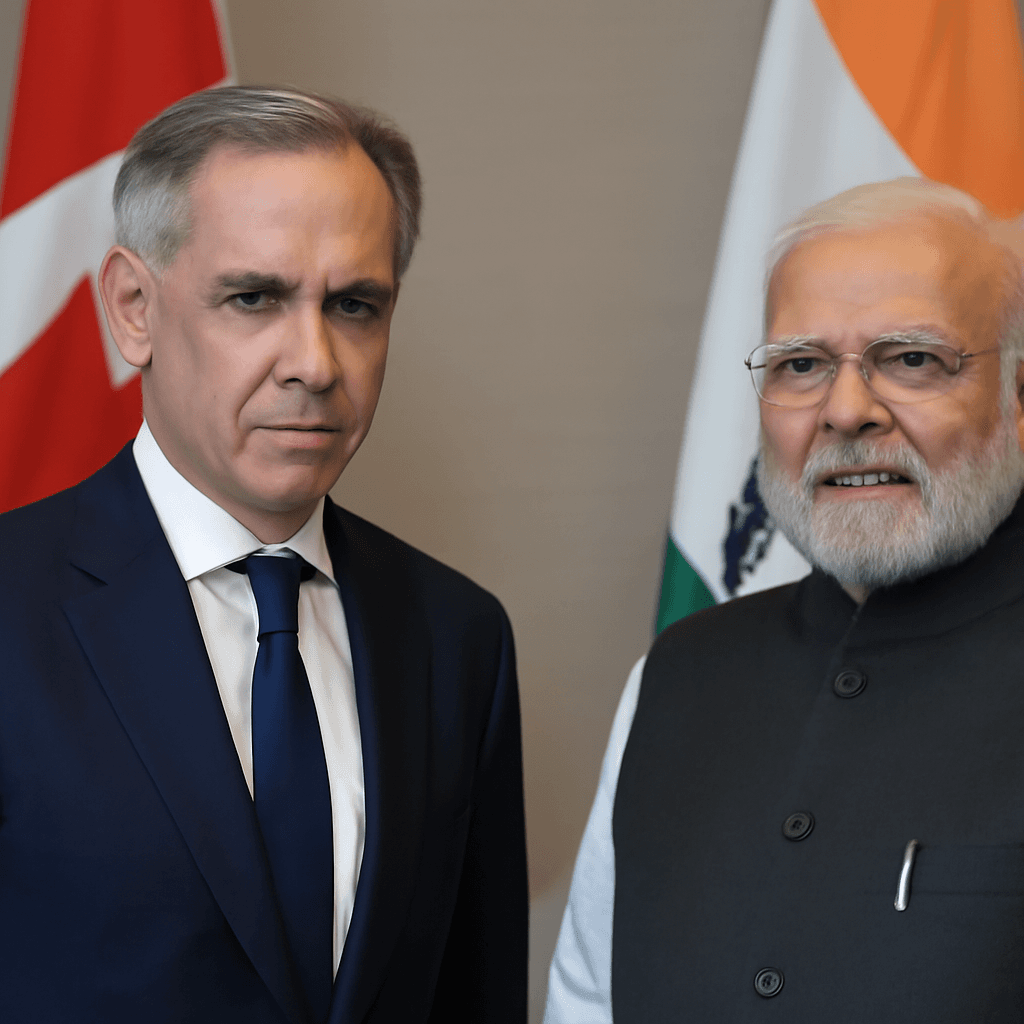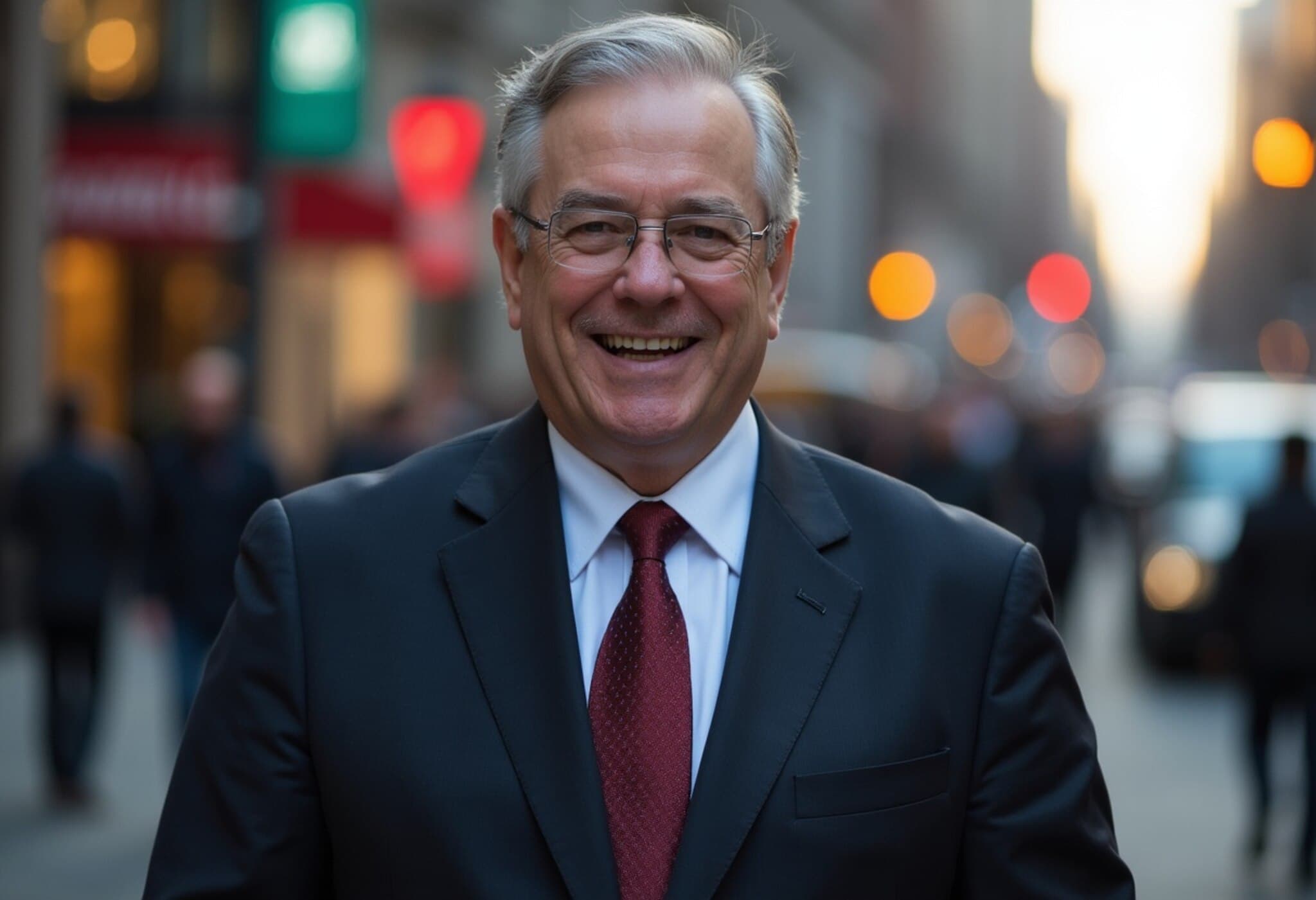From Campaign Fire to Governing Reality: Mark Carney’s Diplomatic Challenge
In a political landscape where sports metaphors often resonate deeply, Canada’s Liberal Party harnessed the rallying cry "Elbows Up" during the spring 2025 election campaign. Symbolizing resilience and determination much like in hockey, this slogan galvanized voters amid rising tensions with the United States under President Trump’s provocative trade policies. Riding this wave, Mark Carney, a respected economist but political novice, achieved a historic electoral triumph by promising to fiercely protect Canadian sovereignty and push back against American tariffs.
However, months into his tenure as Prime Minister, Carney confronts a sobering lesson: electoral rhetoric built on opposition to Trump does not seamlessly translate into effective governance or diplomatic breakthroughs. Navigating a turbulent bilateral relationship has proven far more complex than anticipated.
Carney’s Delicate Dance with Trump
Carney quickly adopted a measured, diplomatic tone with President Trump, seeking to balance firmness with cordiality — a strategy divergent from his campaign’s combative rhetoric. While Trump's repeated assertions about integrating Canada into the U.S. and imposing tariffs on key Canadian exports have unsettled Ottawa, Carney’s approach appears designed to avoid direct confrontation.
Yet, this cordiality has yielded limited tangible gains. Unlike counterparts in the European Union and Japan who secured trade agreements, Canada remains without a definitive deal. Added to this, Canada has made concessions by rolling back retaliatory tariffs against the U.S., arguably without substantial reciprocal benefits.
Opposition Criticism and Political Stakes
The opposition Conservative Party, led by Pierre Poilievre, leverages this perceived diplomatic stalemate to criticize Carney’s leadership sharply. Despite Poilievre's recent political comeback after losing his parliamentary seat earlier in the year, he casts Carney’s tariff-relaxation approach as ineffective, dubbing it “elbows down” in a pointed twist to the former campaign slogan.
- Poilievre argues that while the U.S. forged trade deals with Europe and Japan, Canadian tariffs doubled — a claim fact-checked as inaccurate but impactful in political messaging.
- He accuses the government’s engagements with international partners of being mere “photo ops” lacking substantive outcomes.
These narratives, while politically charged, highlight the frustration many Canadians feel about unresolved trade tensions and economic uncertainty.
Tariff Dynamics and Economic Impacts
Carney inherited a challenging tariff landscape from his predecessor, Justin Trudeau, involving retaliatory duties targeting U.S. goods. Initially maintaining these countermeasures, Carney began easing them amid stalled talks and strategic recalibrations. This included lifting certain tariffs aimed at American tech giants, an action that precipitated Trump suspending trade negotiations.
Notably, Canada recently aligned with the U.S. on eliminating tariffs on goods covered by the USMCA—the updated North American free trade agreement—restoring tariff-free trade on many products. Nonetheless, tariffs on crucial sectors such as steel, aluminum, copper, and automobiles persist, underscoring unresolved friction points.
Such measures are examples of realpolitik at work, reflecting a gradual, perhaps cautious, repositioning rather than abrupt confrontation.
Public Opinion and the Economic Outlook
Canadian public sentiment reveals growing skepticism about Carney’s capacity to shield the nation from Trump-era economic shocks. While still leading, his approval ratings have declined, net disapproval has risen, and the once energetic “elbows up” spirit feels more like a resigned “shrug” to many.
Adding to the complexity, Canada’s economic indicators signal caution:
- Unemployment rose to 7.1% as of August 2025, marking it the second highest among G7 countries.
- The economy contracted unexpectedly by 1.6% in the second quarter.
In response, Carney has allocated a substantial $3.6 billion Canadian fund to assist industries most affected by tariffs and is steering initiatives to reduce Canada’s overdependence on the U.S. market.
Long-Term Strategy and Domestic Priorities
Recognizing the interwoven challenges of trade, economic growth, and social issues, Carney is accelerating policies aimed at invigorating internal trade across provinces and diversifying export markets. For example, he is fast-tracking projects targeted at boosting liquefied natural gas shipments and expanding nuclear energy production, signaling a vision of a resilient, innovation-driven economy.
Simultaneously, Carney is attuned to domestic hardships, especially the persistent housing crisis. Most notably, he unveiled a new government agency, Build Canada Homes, backed by $13 billion CAD to increase affordable housing availability—a move reflecting potent political will to address Canadians’ everyday concerns.
Expert Analysis: Navigating Between Diplomacy and Domestic Expectations
Gerald Butts, a seasoned policy strategist and vice chairman of Eurasia Group, underscores the multifaceted pressures Carney faces. “The U.S. relationship is vital, but Canadians are equally preoccupied with cost-of-living pressures, housing, and economic stability,” he notes. “The government must demonstrate balanced responsiveness—to external diplomatic challenges and internal social priorities alike.”
The geopolitical and economic tug-of-war with the United States calls for nuanced leadership that harmonizes assertiveness, pragmatism, and domestic attentiveness—a high-stakes balancing act for Carney as he maneuvers through uncharted political waters.
Conclusion: A Crossroads for Canadian Leadership
Mark Carney’s journey from a high-profile economist campaigning on a staunch anti-Trump platform to a leader navigating the complexities of real-world diplomacy exemplifies the intricate dance between political promises and governance realities. While opposition voices spotlight unmet expectations, Carney’s strategic shifts suggest a long view—one where Canada balances immediate challenges with forward-looking economic diversification and social welfare initiatives.
The unfolding narrative raises critical questions for Canadian citizens and policymakers alike: Can Carney transform diplomatic caution into durable gains? Will investments in internal trade and housing tangibly improve Canadians’ lives amid global uncertainties? And ultimately, what is the future shape of Canada’s relationship with its powerful neighbor to the south?
Editor’s Note
Mark Carney’s premiership highlights the tension between electoral bravado against foreign pressures and the sober realities of international diplomacy. This evolving story invites readers to reflect on how small and middle powers assert sovereignty and protect citizen welfare amid the dominance of global superpowers. The stakes go beyond tariffs and trade deals—they touch on national identity, economic resilience, and the very notion of political leadership in a fractious global era.

